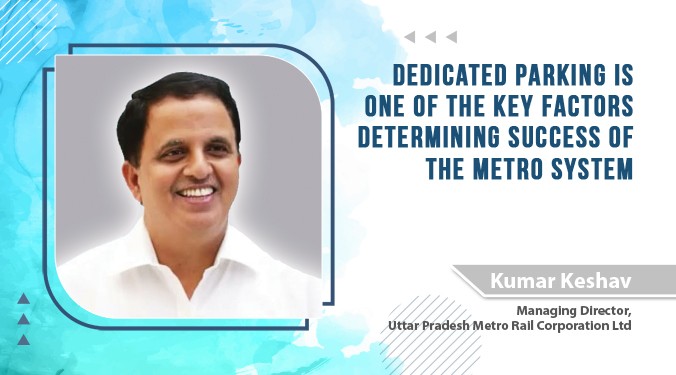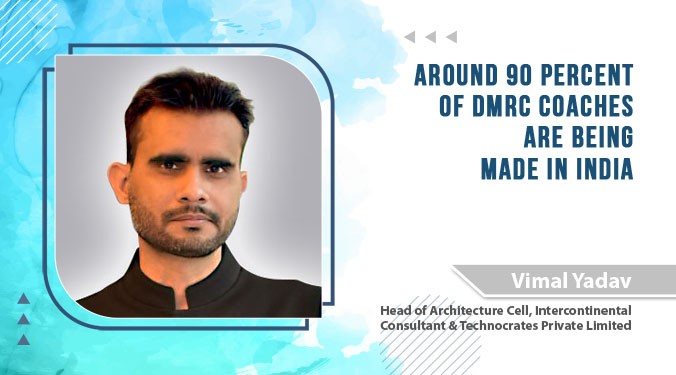Smart Cities Mission aims to develop more cities and give them a smart tag

In a way, it would not only help bridge the urban – rural divide but also effectively put less pressure on the top 7 cities says Santosh Kumar, Vice Chairman, ANAROCK Group
How do smart cities enhance residents’ quality of life and support sustainable urbanization?
Growing at an unprecedented rate, India’s urban population is touted to cross 600 million by 2031. But most cities currently are not aptly equipped to deal with the burgeoning population’s pressure on infrastructure and services, thereby increasing the need of cities to invest in IoT devices, services and solutions. However, several cities are using IoT programs to augment complex urban infrastructure. For instance, IoT-enabled smart grids are being extensively used to monitor real-time energy demand and thereafter regulate supply, invariably increasing efficiency and avoiding wastage. For waste management too IoT companies are developing two-way communication tools to reduce labour dependency and facilitate efficient collection. Similarly, for public transport facilities as well IoT has become an integral part wherein both riders and the facilitators are using facilities like GPS to track the next bus available or alternately railways are using sophisticated collision avoidance systems etc.
To what extent does data play an important role in achieving these goals?
Data plays a significant role in the proper functioning of a smart city. For instance, cities can process data from their various IoT devices (as mentioned above) and sensors and thereafter analyse the patterns and specific needs. Besides reducing crime and improving water and energy systems, data can also help reduce road accidents and congestion.

How will real estate benefit as more and more cities become smarter?
By definition, a smart city is a city with well-developed infrastructure and best of services including an efficient transport system, wide roads, metro connectivity etc. Such developed cities attract more people to migrate and live there due to increased opportunities. This will eventually give rise to overall residential real estate demand. Also, demand for commercial office spaces would see an uptick in the smart cities because of the rising job opportunities.
Are smart cities also a tool to bridge the rural divide or is it a technique for efficient use of land and other resources?
Needless to say, with more and more cities becoming smart, a large chunk of the rural population would migrate here due to better opportunities. The government of India’s 100 Smart Cities mission aims to not only help ease pressure on the top 7 cities alone where growth has been largely confined to but also help build and develop more cities and give them a smart tag. This, in a way, would not only help bridge the rural divide but also effectively put less pressure on just the top cities. Moreover, it is a good technique for efficient use of land and other resources as the pressure in some of the top cities is already visible and by building more smart cities pressure will not remain confined to just a few cities but rather spread across the country.
What can be said about the affordability of homes in smart cities?
Even while tech-based amenities add value to our daily life and raise the quality of living, these come with certain riders. These amenities come with a price and home buyers should be willing to pay higher prices and even higher maintenance charges. The premium largely depends on the facilities being offered. That said, technology tends to get outdated quite soon making the smart gadgets or appliances obsolete. As a home buyer or a long-term investor, it is important to ensure that these digital amenities come with an in-built capability to update their technology components.
15
Cookie Consent
We use cookies to personalize your experience. By continuing to visit this website you agree to our Terms & Conditions, Privacy Policy and Cookie Policy.









